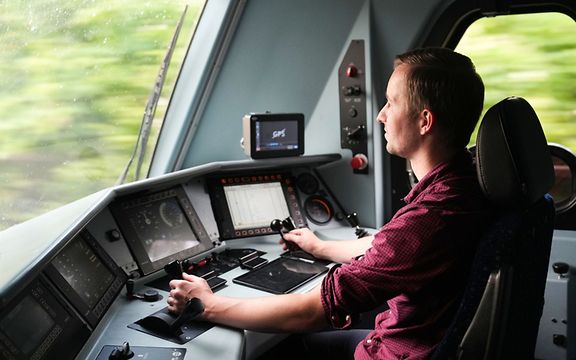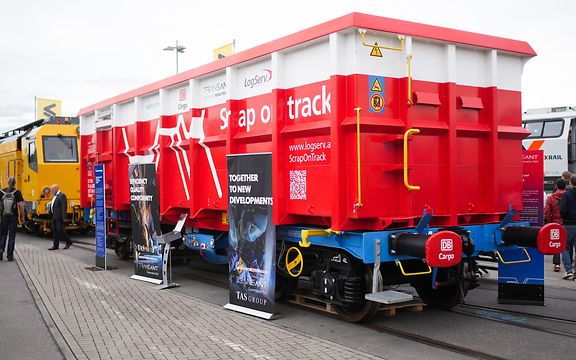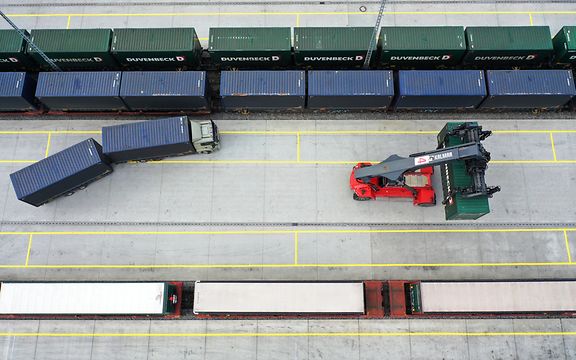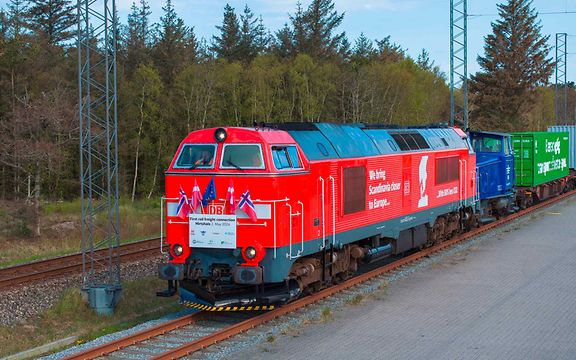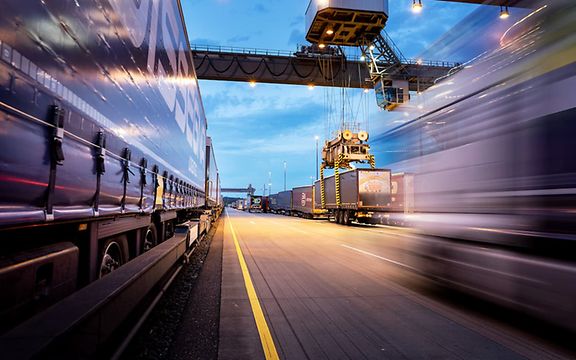Autonomous HGVs show great potential in transhipment
ANITA research project shows that autonomous HGVs can make transhipment to rail up to 40% more productive.
The ANITA research project (Autonomous Innovation in Terminal Operations) began in July 2020. Four organisations joined forces to investigate how transhipments in the growing combined transport segment could be made more efficient and flexible in the future. The participating organisations were DB Cargo, MAN Truck & Bus, the Hochschule Fresenius University of Applied Sciences and Götting KG. After an evaluation at the halfway point in May last year, the project is now complete.
A mammoth project requiring lots of preparation
The massive ANITA project ran over three years. As well as a huge amount of preparation time and the development of a digital communication system, the schedule included six months of practical work. The partners developed a self-driving heavy goods vehicle (HGV) that could handle container shipments on its own using digital mission planning. But the project was about more than just a single HGV driving alone in the container terminal. To fully exploit the potential advantages of autonomous driving technology, the vehicle was digitally integrated into the logistics process. Test runs were carried out with safety drivers and development engineers. They produced important findings for two areas in particular: Firstly, the continuous refinement of the HGV's autonomous driving function and how it interacted with mission planning, and secondly the necessary preparation of the terminals so they could fully utilise the advantages in daily operations.
Better planning, efficiency and flexibility
The tests were carried out at the DB Intermodal Services container depot and DUSS container terminal in Ulm. The insights gained therefore came from real-life operations in a working environment, making them even more valuable than lab-based findings. Dr Martina Niemann, Member of the Management Board at DB Cargo for Finance, Controlling and Bid Management, is satisfied with the long-term test: "The autonomous HGV works in real container terminal operations, making it an important tool for ensuring the future viability of combined transport." The figures back up her conclusion: the test runs showed that the autonomous HGV could boost efficiency by up to 40% and improve the stability of processes.
The container terminal of the future is digital
The ANITA project has therefore provided important insights for the use of autonomous HGVs in container terminals, in order to make combined transport fit for the future. These insights will now be implemented over the coming years.

